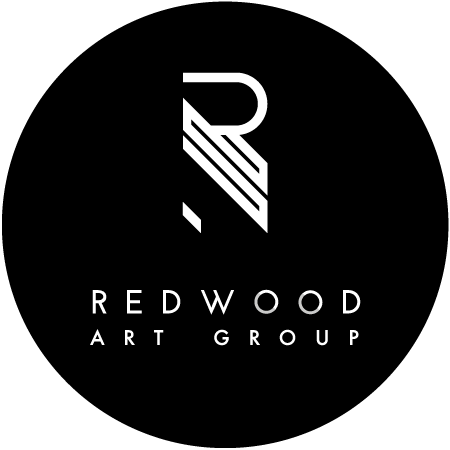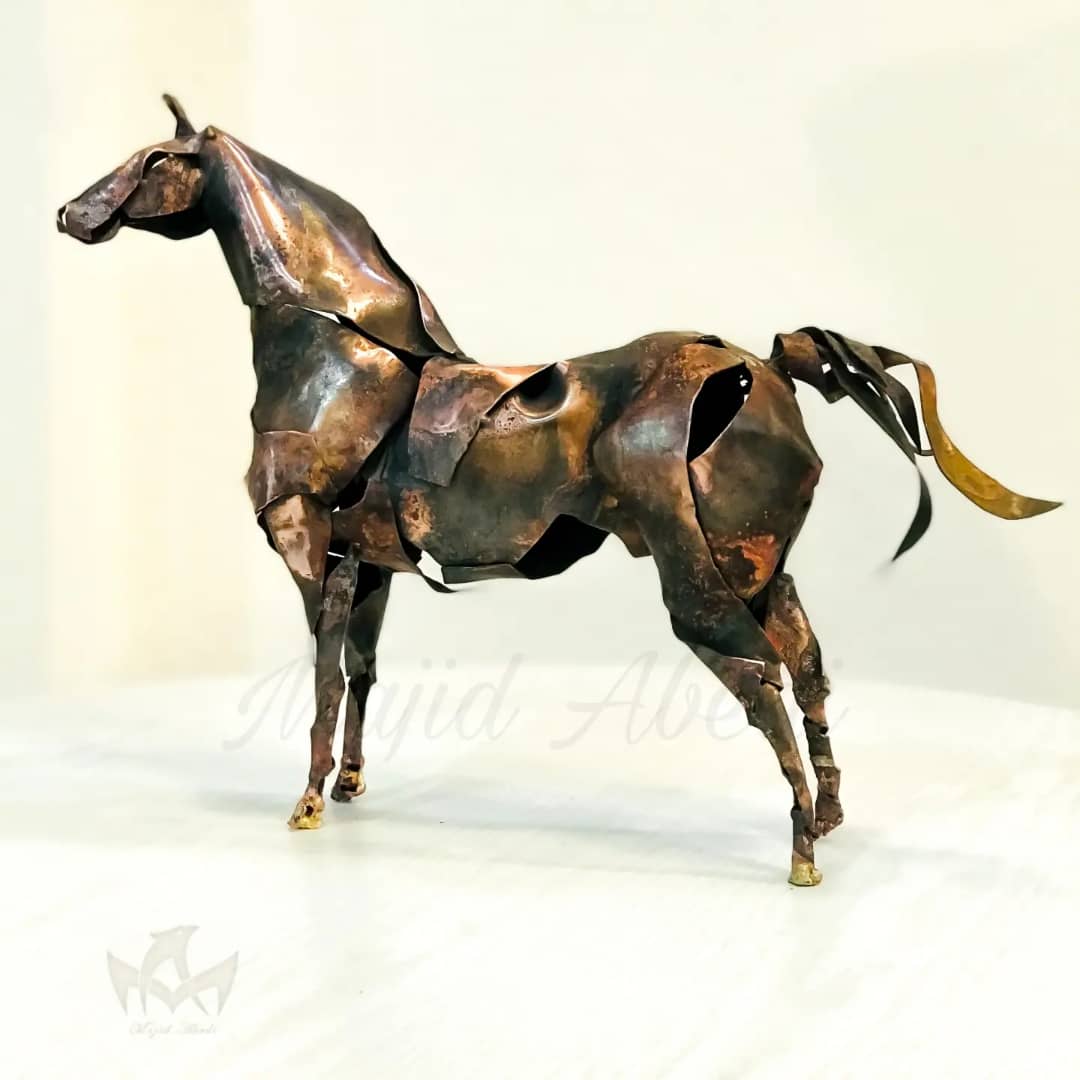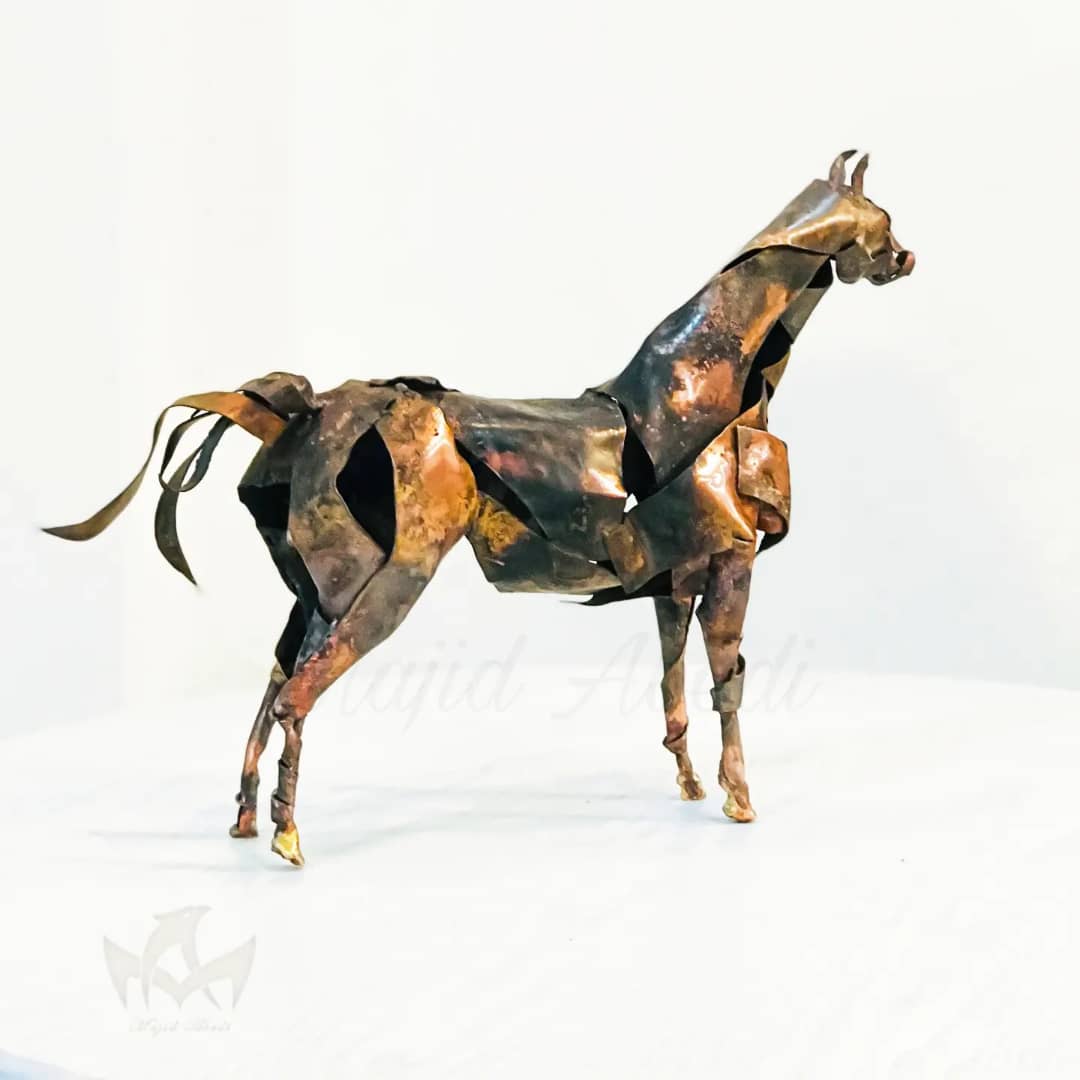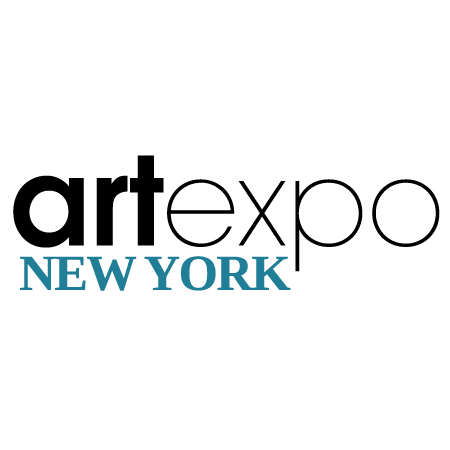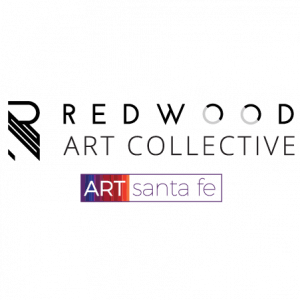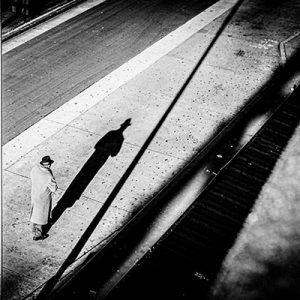This horse figure is made of pieces of copper sheets.
Horse
$3,000.00
- Original copper sculpture
Additional information
| Weight | 2 lbs |
|---|---|
| Dimensions | 15.7 × 11.8 × 4.7 in |
- Selection Required: Select product options above before making new offer.
- Error: There was an error sending your offer, please try again. If this problem persists, please contact us.
General Inquiries
There are no inquiries yet.
